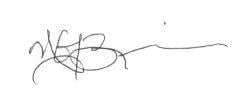As a designer and maker, fabric is at the heart of everything I do. The textures, colors, and movement of a textile can inspire an entire collection - but just as important is where that fabric comes from. At Giselle Clothing Design, I approach sourcing with intention and transparency. Every bolt, scrap, or remnant has its own story, and I believe those stories matter just as much as the garments they become.
What Ethical Fabric Sourcing Means to Me
“Ethical” can mean many things in the fashion world, but for me, it’s about respect - for materials, for the makers who came before me, and for the planet. I work with deadstock and reclaimed fabrics whenever possible. These are the leftover rolls and remnants from larger production runs that might otherwise end up as waste. Giving them a new life in my designs keeps them out of landfills and ensures that every piece I make is part of a more circular, sustainable approach to fashion. The goal is always to create garments that feel special - not just for a season, but for years to come.
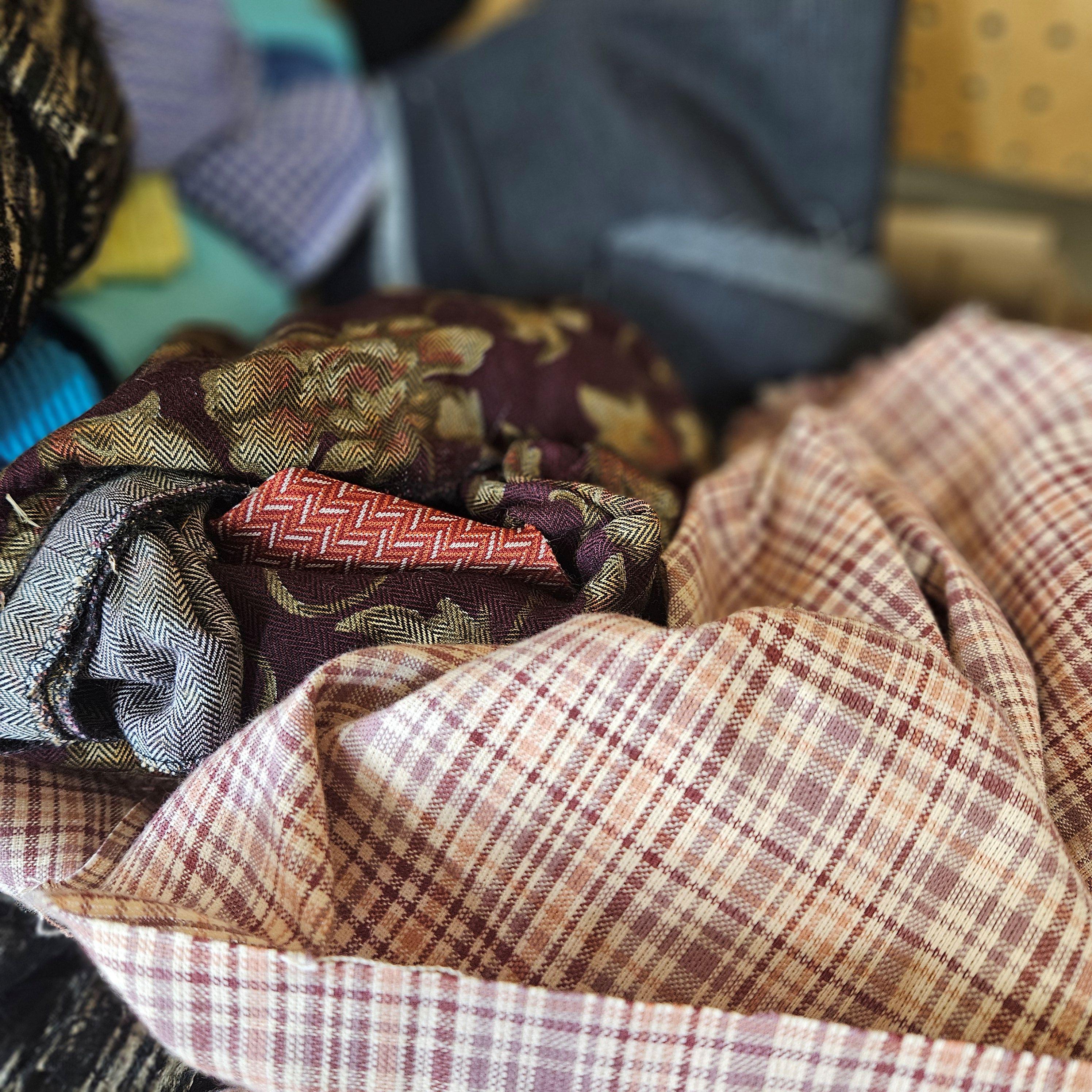
My Vetting Process
Before a fabric ever reaches my cutting table, I ask myself a few questions: Feel: Does it inspire me? Does it feel like something worth my time and care? Impact: Am I choosing this because it aligns with my sustainability values, or just because it’s convenient? Often, the right fabric speaks immediately - it feels alive in my hands. I still remember the first time I discovered a remnant of deep green jacquard that recently became one of my corset skirts. It had been sitting untouched for years in a studio sale, waiting for the right maker. Those discoveries remind me why I love working with limited, often one-of-a-kind materials.
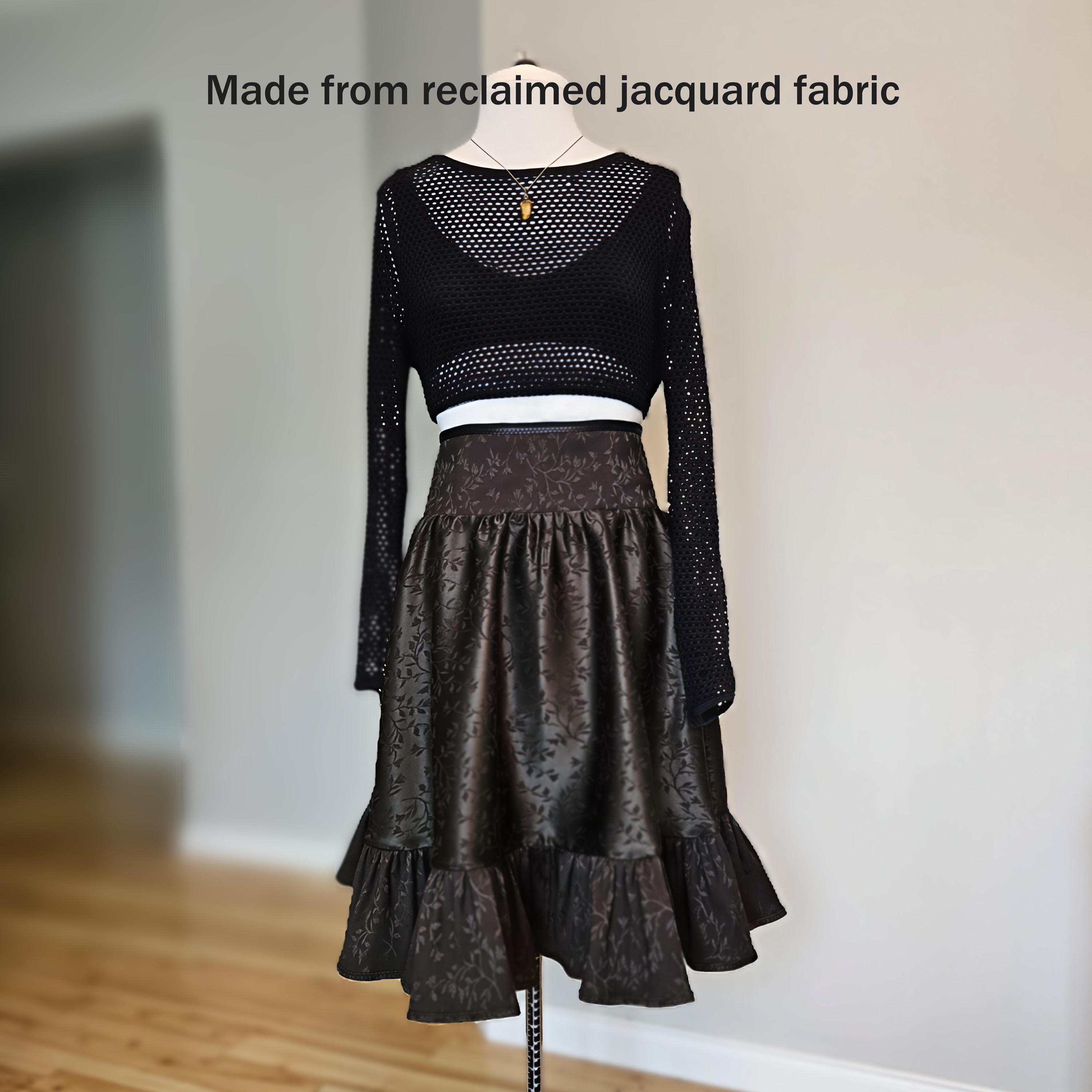
My Favorite Sources
I find fabrics in all sorts of places - thrift stores, estate sales, and studio clear-outs are among my favorites. Occasionally I’ll come across a small online seller offering vintage yardage or unique deadstock. Because I work in small batches, I don’t need large quantities - just enough to spark an idea and make a few truly unique pieces. That’s part of what makes every design special: when the fabric runs out, that’s it. It can never be replicated exactly, and I love that.
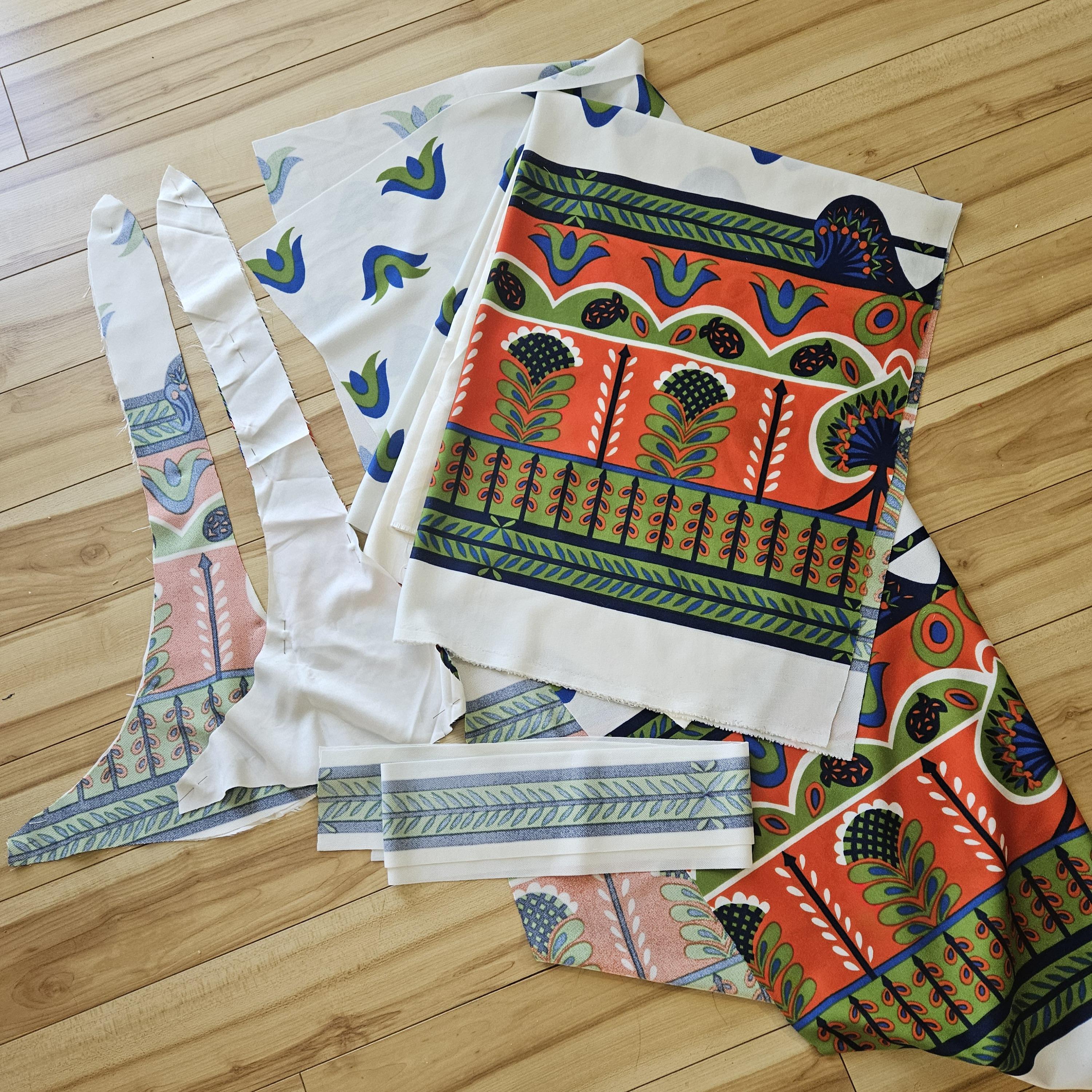
Why Transparency Matters
Slow fashion isn’t just about sewing slowly - it’s about creating connection. Connection between the person who made a garment, the materials it came from, and the person who wears it. Sharing where my fabrics come from is part of that story. I want my customers to know that behind every seam is a conscious choice to create beauty responsibly, and to treat every piece of fabric as something precious.
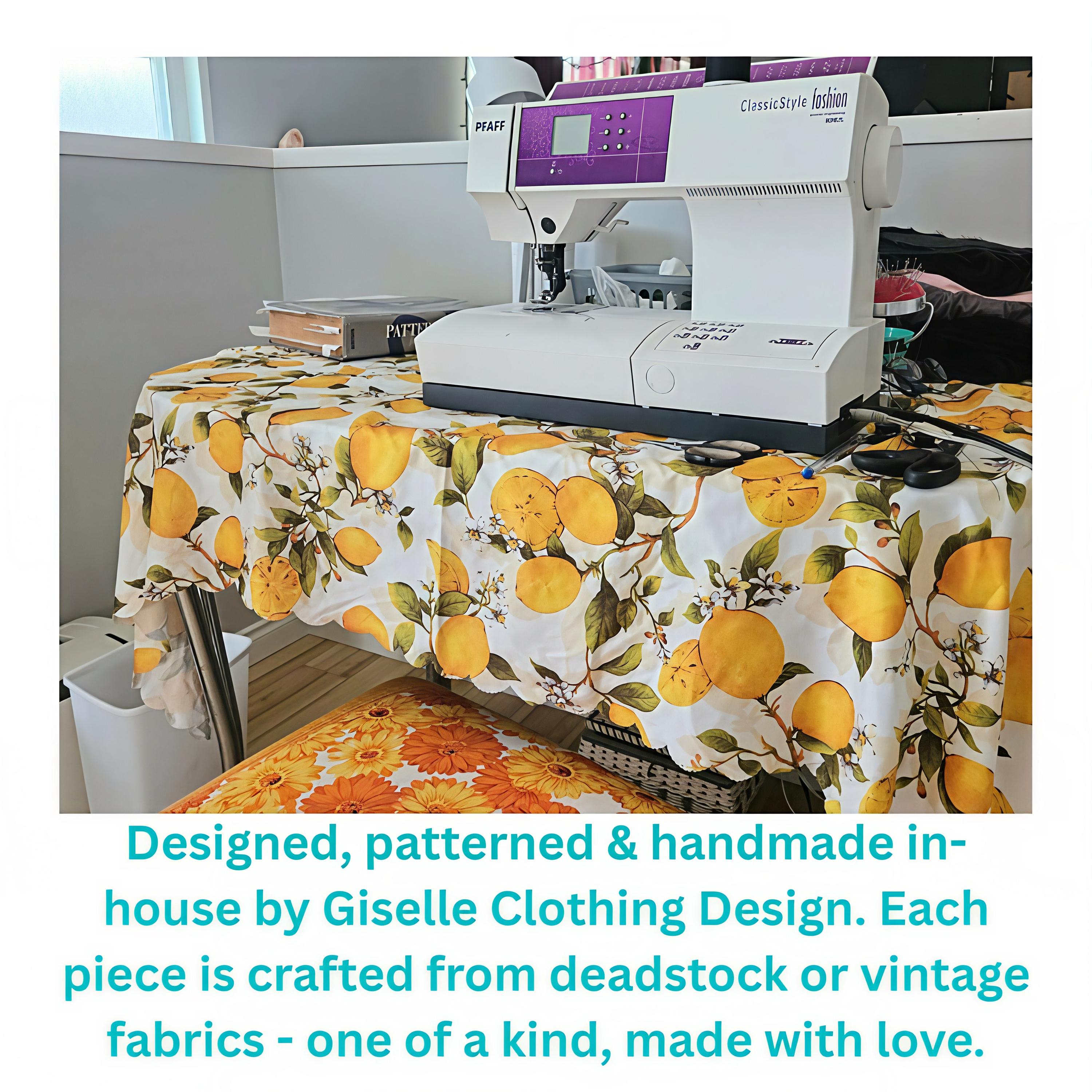
In my new studio, I’m creating a space where the fabrics themselves can shine - neatly folded on open shelves, grouped by color, texture, and story. Each piece of cloth will be visible and ready to spark inspiration, a quiet reminder of why I choose to work this way. When you surround yourself with materials that hold meaning, creativity flows effortlessly, and every design begins with gratitude.
Happy sewing until next Sunday,
